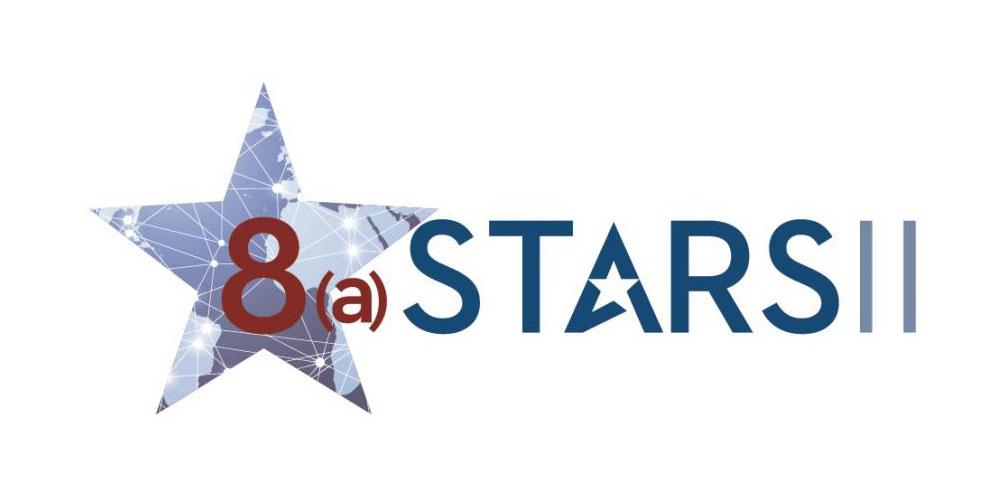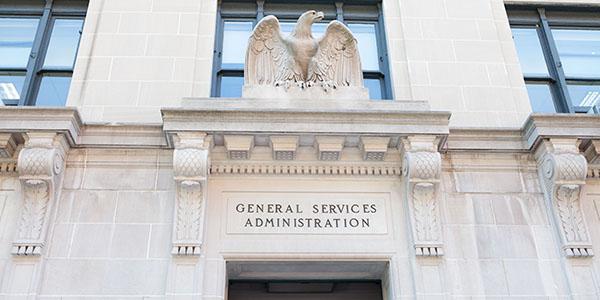Prepping for Next-Generation Governmentwide Acquisition Contract
The General Services Administration’s current 8(a) STARS II, a small business set-aside governmentwide acquisition contract (GWAC), expires in July 2021, and acquisition experts believe the competition for the follow-on contract should begin this year to avoid a lapse in ordering periods.
“Because there will be hundreds of bids to evaluate and there may be protests, the GSA should issue the request for proposal for 8(a) STARS III by July 2019 in order to ensure that there’s no break between STARS II and STARS III,” says Stephanie Mitchell, a U.S. Defense Department and federal government acquisition specialist with BD Squared LLC.
The Streamlined Technology Application Resource for Services II, or STARS II GWAC, is a competitively awarded, multi-award, indefinite-delivery/indefinite-quantity contract. It provides federal agencies with the latest information technology services-based solutions from 8(a) small businesses and enables them to access these firms through an established contract vehicle.
Because STARS II was created exclusively for 8(a) contractors participation, the entire GWAC was accepted into the 8(a) program. The Small Business Administration has verified that all industry partners are 8(a) eligible prior to a GWAC award, eliminating the need to be individually offered and accepted into the 8(a) program for each new purchase.
“8(a) STARS II has been an entry-level vehicle for many of the fastest growing, most successful federal IT industry partners in operation today,” Mitchell says. “Many of the biggest names in federal IT got their start on 8(a) STARS II.
“STARS III will give the next generation of rising stars a place to launch their growth strategies in the federal market,” she adds. “Many companies will get their first prime orders on STARS III, which can then set them up to successfully bid on Alliant and OASIS five years from now.”
The current GWAC hosts more than $1.5 billion per year in orders from more than 55 departments and agencies. The follow-on contract will build on that success by giving federal agencies access to 8(a) partners with a range of IT services capabilities, Mitchell says.
Services offered on the current contract include software and programming products and services; systems that integrate computer hardware, software and communications technologies; on-site management and operation of clients’ computer systems and data processing facilities; and computer-related services.
Mitchell contends the GSA would benefit from commercial sector input before it issues the STARS III request for proposal (RFP). “We really need to see a strong spirit of cooperation and communication to avoid the mistakes that so commonly delay major contract vehicles. In particular, the government needs to involve industry strongly in the draft RFP process,” she says. “Industry, for its part, needs to use that draft process to air its concerns rather than waiting until after the RFP is posted.”
In addition to industry making its voice heard ahead of the RFP release, Mitchell says companies should prepare for contract competition. “If we've learned anything from the last two large GSA proposal efforts it's that [the companies’] internal files need to be clean. You need to know where all your contract, certification and past performance documentation is, and it needs to be organized. If you wait until the RFP drops, you will spend your precious proposal time hunting down documentation,” she states.
Mitchell and Brian Friel, founder, BD Squared, will provide additional tips and tricks for precompetition corporate internal prep work at the AFCEA Procurement Series 8(a) STARS III networking event beginning at 4 p.m. on April 30 in McLean, Virginia.






Comments